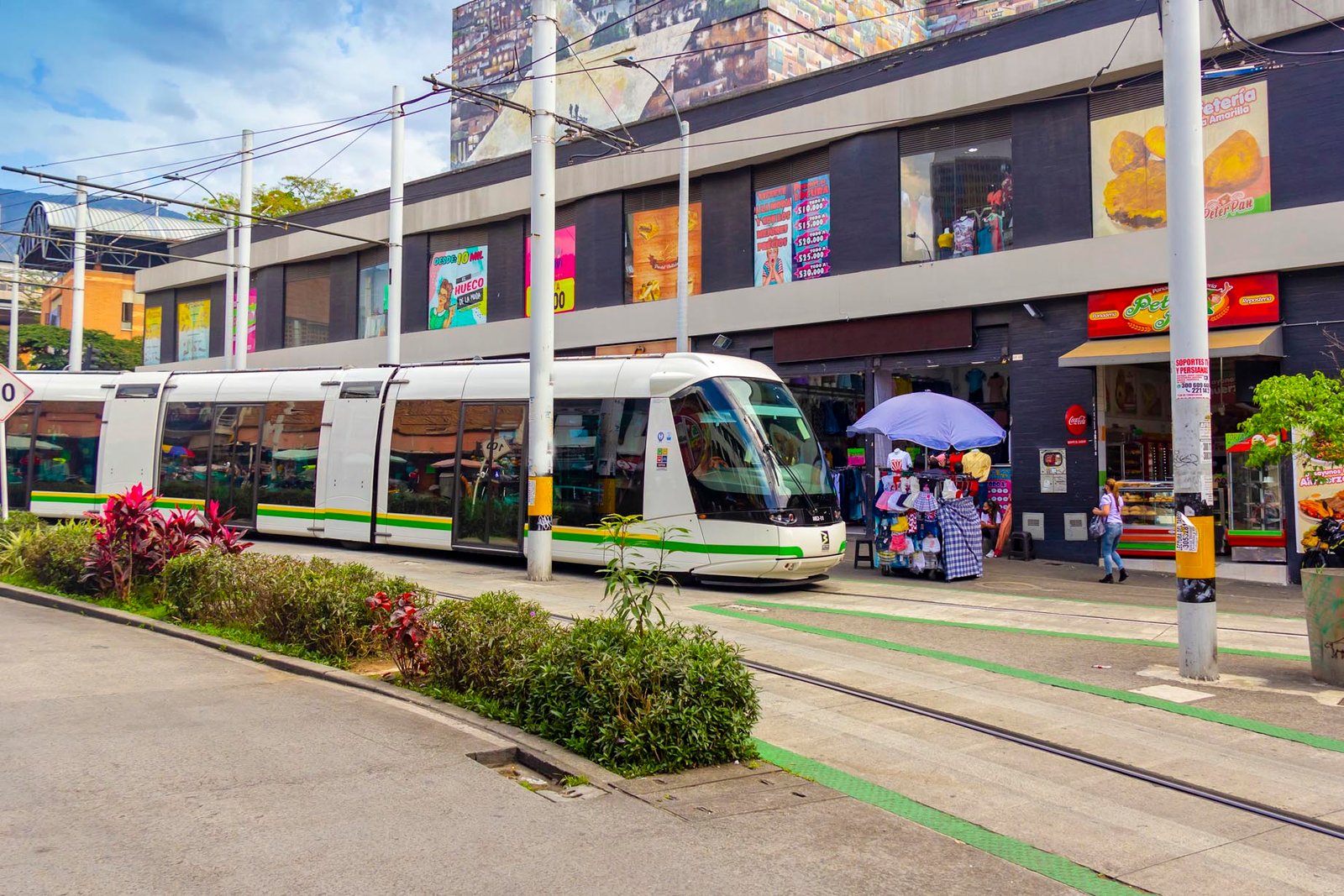
The magic of color: Cabo Polonio
By: Ana Paula Prestes
Photos : Margarita María Navas
We arrive just after sunset via the “Terminal Puerta de Polonio” station that leads to the National Park. Although we know that only authorized vehicles are allowed in the park, we can’t believe that the converted open-top, double-deck 4×4 truck coming down the road is our transport. After the first jolt of surprise, we quickly make ourselves comfortable and depart for the town, which sits between two beaches that turn out to be singularly beautiful.
The 4-mile, thirty-minute trip is exciting and mysterious. Since night has already fallen, we can discern only formless shadows that we assume to be shrubs and we merely sense the vastness of the nearby ocean. A mix of adrenaline and curiosity quickens our pulses, especially because a new atmosphere takes hold as we leave the city lights behind.
It is like slowly entering a new dimension and we toss our worries onto the sand in the wake of the truck as we mentally prepare ourselves to appreciate everything to come.
As the truck advances into the park, we note that what we have heard about “Cabo” is true: there is no electricity or street lighting. A conscious decision by the community —consisting mostly of fishers and artisans— made simplicity and conservation the watchwords in Cabo Polonio. The use of solar panels and wind turbines, limited Wi-Fi, and restrictions on water consumption clearly demonstrate that this is more than a casual choice: it is something the residents are willing to fight to preserve.

The town forms part of the National System of Protected Areas of Uruguay (SNAP), meaning that large developments and population inflows are not allowed. This is a significant feature of the unique charm of Cabo Polonio. But it would be a mistake to think that this is all there is to Cabo – we’re just getting started.
We reach our destination and climb out of the truck. Having left all artificial light behind, we can see what the sky really looks like, with the moon lighting the ocean and the stars blazing overhead. We grab our flashlights and start looking for a place to stay. All the accommodations stand on the sand very close to the sea; there are no streets or pavement. A few steps away, we approach a small cabin with big windows and candles everywhere. Fortunately, it turns out to be a comfortable rustic guesthouse with very pleasant hosts.
In the morning, the first rays of the sun slant in through the curtains, inviting us out to a gorgeous day. We breakfast on the beach with a view of the blue sea and in the daylight we can see Cabo Polonio: huge dunes of fine golden sand, a hundred simple and colorful cabins, and the famous Cabo Polonio lighthouse.
We take a pleasant walk along the invisible thread that joins the sea to the shore. The place is nearly deserted, with only a handful of small fishing boats, guesthouses, and simple restaurants dotting the way. Closer to the lighthouse, we are astounded by orange-hued rocks of all sizes and the thousands of shells carpeting the sand. As we approach the rocks, we notice the sounds of marine creatures. Another surprise awaits as we close in: seals. These giant mammals loll indifferently under the curious gaze of intruders, basking in the sun and sleeping on the rocks in a splendid display of indolence. This is the habitat of half of Uruguay’s seal population: fur seals, sea lions, and elephant seals of all sizes live here in harmony.

A series of signs amid the rocks ask us to stay quiet and respect the home of Cabo’s first inhabitants; after all, we are just passing through to admire them. The seal colony, which is just under the lighthouse, is a sanctuary that merits an extended stop. It will make you see these lovely animals with new eyes. We all agree that we are very lucky to see the seals up close and I once again feel a surge of gratitude to Cabo Polonio for such beauty.
We finally reach the Cabo Polonio lighthouse, which rises to a height of 88.5 feet and features unique detailing in red, making for a sight that is incontrovertibly Cabo. It calls to mind legends that claim these lands did not want to be discovered because they had hoped to remain free of outside influences. The mysterious hamlet in the midst of a dark, roiling sea created difficulties for sailors plying these waters in the mid-18th century. Local stories tell that this place was feared by sailors and pirates, since it was easy to drift off course and end up shipwrecked.
Which is what happened to Joseph Polloni’s vessel (“Polonio”), a shipwrecked Spanish galleon that gave the town its name. The lighthouse was built later to guide sailors and weaken the growing power of the legend.

We return to our hostel at dusk. The local style and the candlelight make us feel as if we have stepped back in time or that we are perhaps characters in an old film. We have a clear view of the Milky Way from our hammocks. As shooting stars streak across the heavens, our wish is simply to never forget what we experienced here. Rounding out a perfect night, the moon rises over the previously invisible horizon: perfect, large, and red as autumn leaves. As if that were not enough, a neighbor calls our attention to a phenomenon that occasionally occurs in the Cabo Polonio seas: the arrival of noctiluca.
I lluminated only by the light from the heavens, we run to the water and stare in amazement. The single-celled organism emits a glow produced by a biochemical reaction, dyeing the shore and the foam of the waves a fluorescent purple. That experience on that magical Uruguayan beach was a key element in our memories; after all, people never forget their first love, their first airplane trip, or their first sight of noctiluca.
Tomorrow’s assignment is a dip in the ocean. One side of the hamlet is bordered by the southern beach, which is protected from the wind, and the other fronts on the northern beach, also known as Calavera. Both beaches have comfortable water temperatures and calm waves. The famous Cabo dunes are located on the northern beach, where we are staying. The wind and the absence of vegetation ensure that these majestic dunes continuously change size and position. The dunes, which can be several yards high, were designated a “natural monument” by presidential decree in 1966. If you feel up to walking a little over 4 miles with the sun, sand, and sea as your guides in crossing this vast system of dunes, your feet will take you to Barra de Valizas, another enchanting beach.

In the afternoon, we stroll among small handicraft shops. The hippie vibe gives us a feeling of living in a 1970s utopia. Our final day blesses us with another natural spectacle: the sky shades into a vast oil painting in oranges, reds, and yellows that reflect off the sea, wrapping us in a Van Gogh painting.
As the truck begins its return journey the next day, we already miss the indefinable feeling of well-being and freedom we experienced here. Cabo Polonio is one place where magic is real. We were certainly ready to fall in love, but it would have happened anyway, because this special hamlet inspires people to live life to the fullest.



